Modern business demands that teams deliver value faster and adapt to constant change, making rigid, long-term project plans a thing of the past. This shift to Agile methods creates a new challenge: proving the right skills to lead when there are so many different ways to be ‘Agile.’ An Agile project management certification provides that proof, signaling expertise in specific frameworks and practices that drive results.
This helpful posts breaks down the most recognized certifications available today, from broad credentials like PMI-ACP to framework-specific options like CSM and PSM. It explores how to compare them based on industry recognition, cost, and career goals.
It also provides a clear path for choosing the right certification, preparing for the exam, and understanding the prerequisites.
Keep in mind that earning a certification is a powerful step for any professional. However, its true value emerges when that knowledge translates into real-world team performance.
Key takeaways
- Choose your certification based on your role and industry needs: PMI-ACP offers broad Agile knowledge across multiple frameworks, while Scrum certifications focus on team leadership and facilitation, and SAFe works for large organizations coordinating multiple teams at scale.
- Budget $500-$1,500 total for certification including training and materials: factor in renewal costs every two to three years for most certifications, though some like PSM never expire, and plan for ongoing professional development to maintain your credential.
- Start with entry-level certifications if you’re new to Agile: CSM, PSM I, or AgilePM Foundation require no experience and provide solid foundations for career growth, giving you the essential knowledge to facilitate teams and drive iterative delivery from day one.
- Plan 20-120 hours of study time depending on your chosen certification: create a structured study plan with practice exams and join communities for support and motivation, balancing reading, hands-on practice, and peer learning to build comprehensive understanding.
- Flexible platforms enable certification application in practice: platforms that offer adaptable workflows, such as monday dev, allow you to build and evolve any Agile framework you’ve learned — whether Scrum, Kanban, or SAFe — while maintaining team alignment and real-time visibility across sprints, backlogs, and delivery cycles.
What are the major Agile project management certifications available today?
Agile Project Management Certification are credentials that prove you know how to lead teams using Agile methods. They show employers you can manage projects that adapt quickly to change and deliver value in short cycles, an approach rooted in Agile Project Management.
The certification options include credentials for single frameworks like Scrum, broad certifications covering multiple Agile approaches, and specialized options for scaling Agile across enterprises. Your choice depends on where you work, what your team uses, and where you want your career to go.
The major certifications professionals pursue today are listed below:
- PMI-ACP (PMI Agile Certified Practitioner): covers multiple Agile methods including Scrum, Kanban, Lean, and XP. Best for experienced managers who want broad Agile knowledge.
- AgilePM: based on DSDM framework, balancing Agile flexibility with project governance. Popular in regulated industries.
- CSM and PSM: Scrum-specific certifications from Scrum Alliance and Scrum.org respectively. Ideal for Scrum Masters and team leads.
- SAFe certifications: for scaling Agile in large organizations. Includes roles like SAFe Agilist and SAFe Scrum Master.
- Emerging options: ICAgile, Disciplined Agile, and DevOps certifications gaining traction for specialized needs.
PMI Agile Certified Practitioner
PMI-ACP is the Swiss Army knife of Agile certifications. It covers Scrum, Kanban, Lean, XP, and other frameworks in one credential.
You need 2,000 hours of general project experience plus 1,500 hours working on Agile teams. The certification also requires 21 hours of Agile training before you can take the exam.
PMI’s global reputation makes this certification valuable across industries. Employers see PMI-ACP holders as versatile leaders who can adapt to different Agile environments.
Agile Project Management certification
AgilePM bridges traditional project management with Agile practices. It’s built on the DSDM framework, which adds structure to Agile delivery.
The certification has two levels. Foundation requires no experience and teaches basics. Practitioner builds on Foundation knowledge for advanced application.
Finance, government, and healthcare organizations prefer AgilePM because it maintains governance while enabling agility. If your projects need both flexibility and control, this certification fits perfectly.
Professional Scrum Master and Certified ScrumMaster
PSM and CSM both certify Scrum expertise but take different approaches. PSM from Scrum.org allows self-study and never expires. CSM from Scrum Alliance requires attending a 2-day course and renewing every two years.
PSM appeals to self-directed learners who want a challenging exam. CSM suits those who prefer structured training and community support. Both certifications prepare you to facilitate Scrum teams and remove obstacles to their success.
SAFe Agilist and advanced certifications
SAFe certifications help you scale Agile across large organizations. They teach you to coordinate multiple teams and align delivery with business strategy.
Key SAFe certifications include:
- SAFe Agilist (SA): foundation for leading enterprise Agile transformation.
- SAFe Scrum Master (SSM): Scrum Master role in scaled environments.
- SAFe Product Owner/Product Manager (POPM): managing backlogs at scale.
Program managers and transformation leaders pursue SAFe certifications to drive change across departments.
The emerging Agile certifications gaining traction
New certifications address specialized Agile needs beyond traditional frameworks. ICAgile offers a learning path from foundations through expert coaching. Disciplined Agile from PMI blends Agile, lean, and traditional practices.
DevOps certifications like DASA combine Agile with technical practices. These emerging options help you stand out in niche areas or support agility beyond software teams.
Broader coverage means more career flexibility. Specialized certifications excel when your organization commits to one framework. To support any path, modern platforms like monday dev can be configured to match the specific practices of PMI-ACP, AgilePM, or Scrum.
Choosing between certifications means understanding what each offers and how it matches your goals. PMI-ACP gives you the widest toolkit. AgilePM balances agility with governance. Scrum certifications provide deep expertise in one framework.
Finally, consider your current role and where you want to go. A project manager moving to enterprise coaching benefits from PMI-ACP’s breadth. On the other hand, a developer becoming a Scrum Master needs CSM or PSM’s focused training.
Certification scope and framework coverage
Each certification teaches different Agile approaches:
- PMI-ACP: Scrum, Kanban, Lean, XP, FDD, and more.
- AgilePM: DSDM framework with project governance.
- Scrum certifications: Scrum practices, roles, and ceremonies only.
Broader coverage means more career flexibility. Specialized certifications excel when your organization commits to one framework.
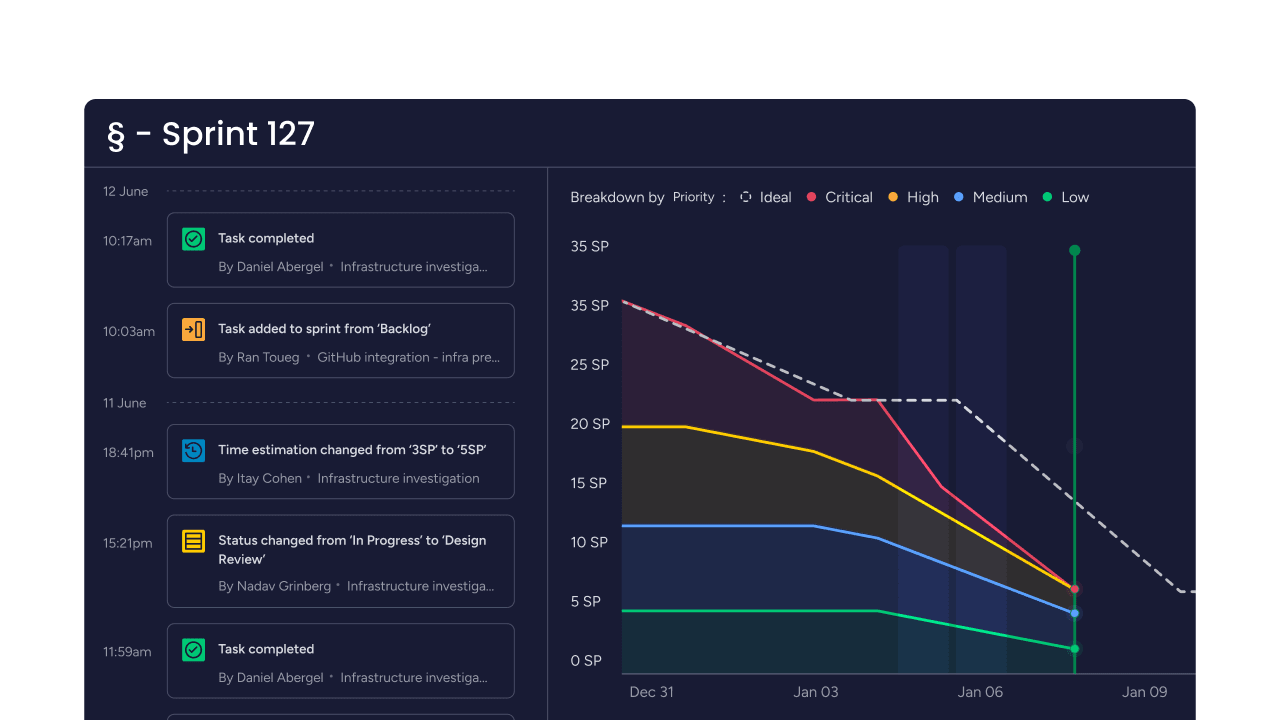
Industry recognition and global acceptance
Geographic location and industry affect certification value. PMI-ACP dominates in North America and Asia. AgilePM leads in UK and European markets. Scrum certifications rule in tech startups globally.
Regulated industries prefer AgilePM’s governance focus. Consulting firms value PMI-ACP’s versatility. Software companies prioritize Scrum expertise.
Flexibility for different Agile methodologies
PMI-ACP prepares you for any Agile environment. You can move between teams using different frameworks without missing a beat.
AgilePM offers a hybrid approach. You get Agile flexibility with enough structure for complex projects.
Scrum certifications lock you into one framework. This works well if your organization fully commits to Scrum but limits options if they pivot to Kanban or other methods.
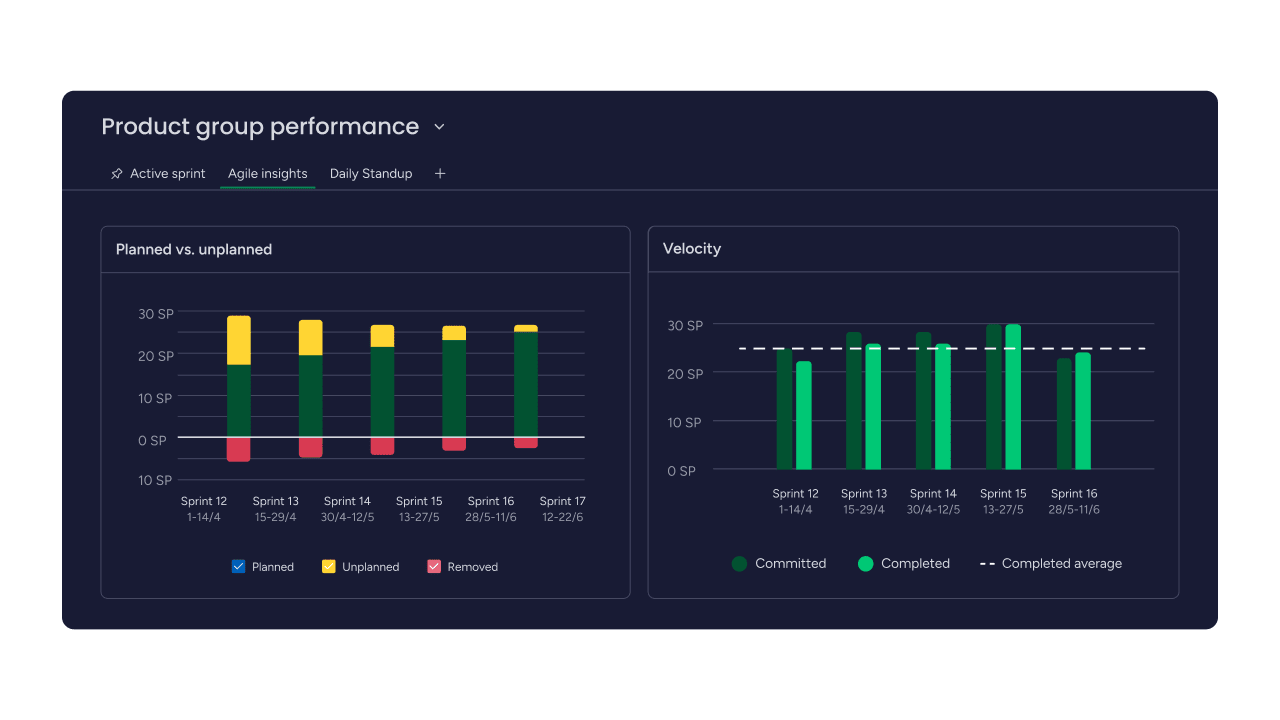
How to choose the right Agile PM certification
Your ideal certification aligns with your current responsibilities and future ambitions. The right choice accelerates career growth and positions you as an Agile leader.
Think about your daily work. Do you manage diverse teams? Lead Scrum ceremonies? Drive organizational change? Your certification should enhance skills you use now while opening doors to new opportunities.
Best Agile certifications by job role
Different roles benefit from different certifications based on daily responsibilities:
- Software Development Managers: PMI-ACP for leading diverse Agile teams.
- Product Managers: SAFe POPM for scaled backlog management.
- Project Managers transitioning: AgilePM for structured Agile adoption.
- Scrum Masters: CSM or PSM for team facilitation expertise.
- Enterprise Coaches: PMI-ACP or ICAgile for organizational transformation.
Industry-specific certification recommendations
Your industry shapes which certification delivers the most value. Different sectors prioritize different Agile practices based on their unique challenges, regulatory requirements, and delivery models. The certifications below align with common industry needs:
- Technology: Scrum certifications for fast iteration.
- Financial services: AgilePM for governance and compliance.
- Healthcare: PMI-ACP for cross-functional flexibility.
- Manufacturing: SAFe for coordinating distributed teams.
- Consulting: PMI-ACP or ICAgile for client versatility.
Matching certifications to experience levels
Your years in the field determine which certifications make the most sense right now. Entry-level certifications build foundational knowledge, while advanced credentials position you for strategic leadership roles. The breakdown below helps you identify certifications that match where you are today and support where you want to go tomorrow.
- Entry-level (zero to two years): CSM, PSM I, or AgilePM Foundation offer accessible starting points
- Mid-level (three to seven years): PMI-ACP or SAFe certifications leverage your experience
- Senior-level (eight+ years): advanced certifications like SAFe SPC position you for strategic leadership
Breaking down Agile certification: costs and time commitments
Certification costs include more than exam fees. Factor in training, study materials, and renewal requirements when budgeting.
Training requirements vary widely. Some certifications mandate official courses while others allow self-study. Remember, your learning style and budget should guide this choice.
Certification exam and training fees
Here’s what you’ll invest in each certification:
- PMI-ACP: $495-$695 exam plus training, totaling $800-$1,500.
- AgilePM Foundation: $300-$400 exam, $400-$1,000 total with optional training.
- CSM: $400-$1,000 including mandatory course, $700-$1,500 total.
- PSM I: $150 exam only, $150-$500 total with self-study materials.
- SAFe Agilist: $995-$1,295 including required training, $1,200-$1,500 total.
Study time requirements and preparation duration
Plan your study schedule based on these typical timeframes:
- CSM: 20-60 hours depending on experience.
- PSM I: 15-50 hours with heavy self-study.
- PMI-ACP: 80-120 hours covering multiple frameworks.
- AgilePM Foundation: 20-40 hours for basics.
- SAFe Agilist: 40-60 hours including course time.
Ongoing certification maintenance investments
Some certifications require renewal while others last forever:
- PMI-ACP: renew every three years with 30 PDUs ($60-$150).
- CSM: renew every two years with 20 SEUs ($100).
- SAFe: annual renewal with continuing education ($295).
- PSM and AgilePM Foundation: no renewal required.

"monday dev empowered us to optimize our GTM approach, resulting in faster, more dependable deliveries"
Steven Hamrell | Director of Product Management
"monday dev empowers us to manage the entire development process on one platform so we can speed up product delivery and improve customer satisfaction"
Mitchel Hudson | Head of Technology
"We're operating in an open, deep trusting, transparent environment with no silos of information. It's about completely opening access to everyone who needs it."
Alan Schmoll | Executive Vice President, Vistra PlatformShould you pursue PMP or Agile certification first?
The PMP-or-Agile question depends on your industry and role. Traditional industries like construction value PMP first. Tech companies prefer Agile credentials, as highlighted in Scrum vs PMP.
Consider your immediate needs. If you’re joining an Agile team tomorrow, start with Agile certification. If you need broad project management credibility, PMP provides that foundation.
Many professionals eventually earn both. The combination signals versatility and positions you for hybrid environments where traditional and Agile methods coexist.
Prerequisites and eligibility requirements for Agile certifications
Each certification has different entry requirements. Understanding these helps you plan your certification journey and avoid application delays.
Document your experience clearly. Keep project descriptions, dates, and your specific role ready for applications that require experience verification.
PMI-ACP education and experience requirements
PMI-ACP has the most demanding prerequisites. You need 2,000 hours working on any project teams in the last five years. Add 1,500 hours specifically on Agile teams in the last three years.
Complete 21 hours of Agile training before applying. This can be classroom, online, or blended learning from any provider.
AgilePM Foundation and Practitioner prerequisites
AgilePM keeps it simple. Foundation level welcomes everyone with no prerequisites. Practitioner level requires passing Foundation first.
While experience isn’t mandatory, practical Agile application helps with Practitioner exam success.
Scrum certification eligibility pathways
Scrum certifications offer multiple entry points:
- CSM: attend mandatory 2-day course, no experience required.
- PSM: take exam directly, no training required.
- Advanced levels: pass previous level first.
- Scrum Alliance advanced: need CSM plus documented experience.
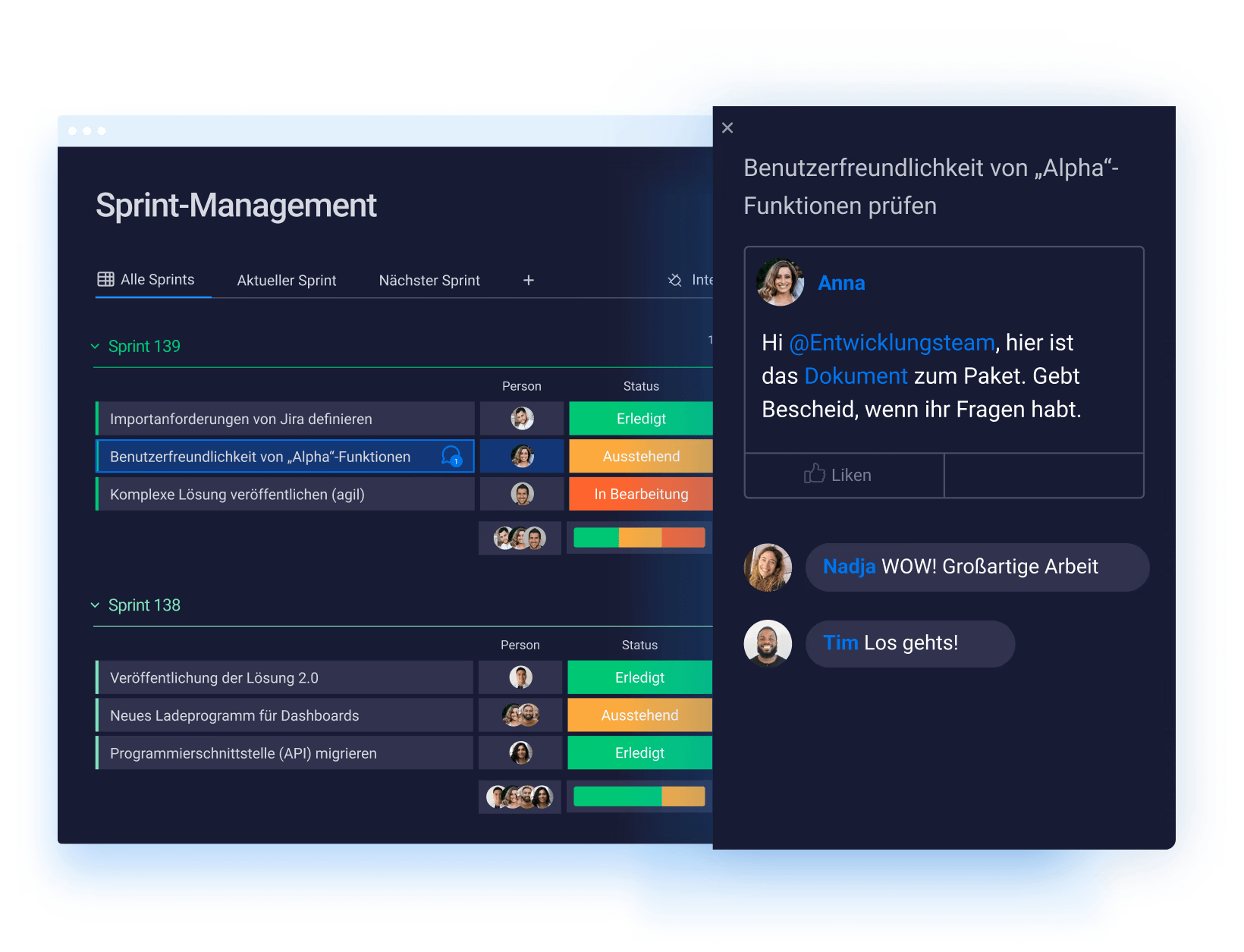
7 essential steps to prepare for Agile certification exams
Smart preparation increases your chances of passing on the first try. These steps build knowledge systematically while managing your time effectively.
Step 1: assess your current Agile knowledge
Start with free assessments to gauge your readiness. Try Scrum.org’s Open assessments or PMI’s sample questions. These reveal knowledge gaps and guide your study focus.
Step 2: choose your study resources
Quality materials make preparation efficient. Essential resources include:
- Official guides: exam content outlines and handbooks.
- Online courses: structured learning from recognized providers.
- Books: “Agile Practice Guide” and framework-specific texts.
- Practice exams: simulate real test conditions.
- Community resources: forums and study groups for peer support.
Step 3: create a structured study plan
Map out your preparation timeline. Allocate time for core concepts, practice exams, and weak area review. Balance reading with hands-on practice for comprehensive understanding.
Step 4: join study groups and communities
Connect with others preparing for the same exam. Online forums and local meetups provide motivation, diverse perspectives, and real-world examples that enhance learning.
Step 5: practice with mock exams
Take timed practice tests to build confidence. Review wrong answers carefully to understand concepts, not just memorize answers.
Step 6: focus on weak areas
Target your remaining study time on topics where you score lowest. Use multiple resources to approach difficult concepts from different angles.
Step 7: schedule your exam strategically
Book your exam when you’re consistently scoring well on practice tests. Avoid scheduling during busy work periods or major life events.
Online vs in-person Agile training
Your learning style, schedule, and budget determine the best training format. Both online and in-person options have distinct advantages depending on your needs:
- Online training: offers flexibility and lower costs, allowing you to study when it fits your schedule from anywhere, though it requires self-discipline to stay on track.
- In-person training: provides direct interaction and networking opportunities with immediate feedback and peer energy, but requires commitment to fixed schedules and typically costs more.
- Hybrid options: combine the best of both worlds through virtual instructor-led training that delivers structure with flexibility, giving you live interaction without travel requirements.
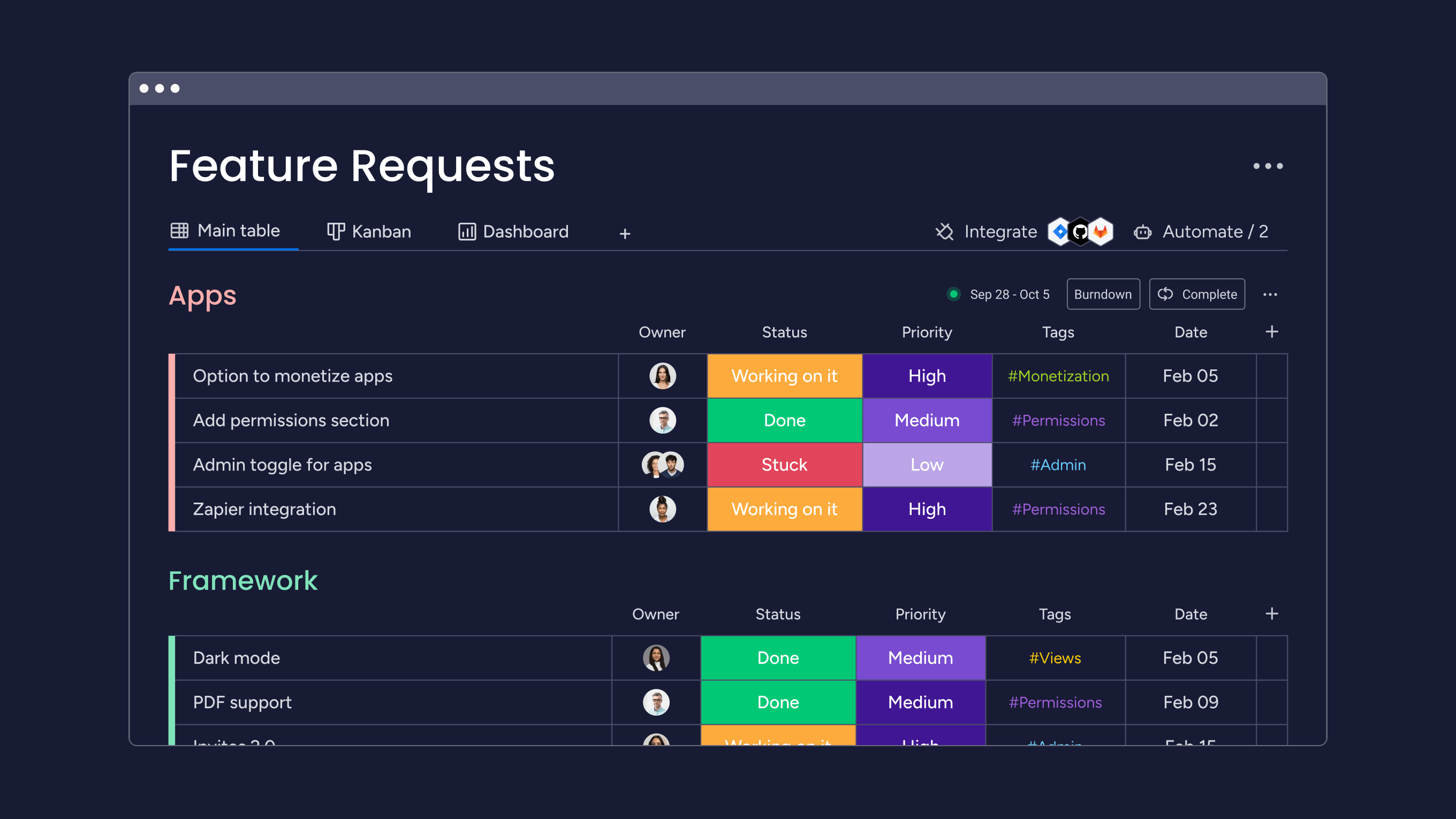
Implementing Agile practices with AI-enhanced project management platforms
AI transforms how certified professionals apply Agile knowledge. Modern platforms like monday dev use AI to automate routine processes and provide predictive insights.
These platforms don’t replace Agile thinking. They amplify it by handling repetitive work so teams focus on value delivery.
- Automation in sprint planning and execution: AI streamlines sprint activities that once consumed hours. Flexible solutions like monday dev suggest optimal sprint lengths based on team velocity. It automatically assigns stories matching team capacity and flags risks before they derail sprints.
- AI-powered resource optimization: smart platforms analyze your team’s patterns to balance workloads effectively. When constraints threaten sprint goals, they recommend adjustments that maintain sustainable pace. These insights help you make decisions that previously relied on instinct alone.
- Predictive analytics for Agile teams: machine learning identifies trends in your team’s performance. Platforms forecast velocity, predict blockers, and suggest sprint adjustments based on historical data. Advanced platforms like monday dev turn this analysis into actionable recommendations.
How to build cross-functional Agile teams beyond development
Agile principles work everywhere, not just in software. Marketing runs Agile campaigns. HR uses sprints for recruitment. Operations streamlines processes with Kanban.
Your certification knowledge applies across these contexts. The frameworks you learn for development teams adapt to any work that benefits from iteration and feedback.
Agile in marketing and creative teams
Marketing teams use sprints to launch campaigns faster. They visualize work on Kanban boards, hold daily stand-ups, and run retrospectives after each campaign.
This approach increases transparency between creative, content, and analytics teams. Everyone sees progress and can adjust quickly based on results.
Scaling Agile across enterprise departments
Large organizations need frameworks to coordinate Agile adoption. SAFe provides structure for aligning multiple teams while maintaining agility.
Certified professionals guide this transformation. You help departments adopt Agile practices that fit their unique needs while ensuring alignment with organizational goals.
Hybrid project management approaches
Real projects often need both Agile and traditional methods. Software development might use sprints while regulatory documentation follows waterfall milestones.
Certified professionals blend approaches effectively. You know when iteration adds value and when structure provides necessary control.
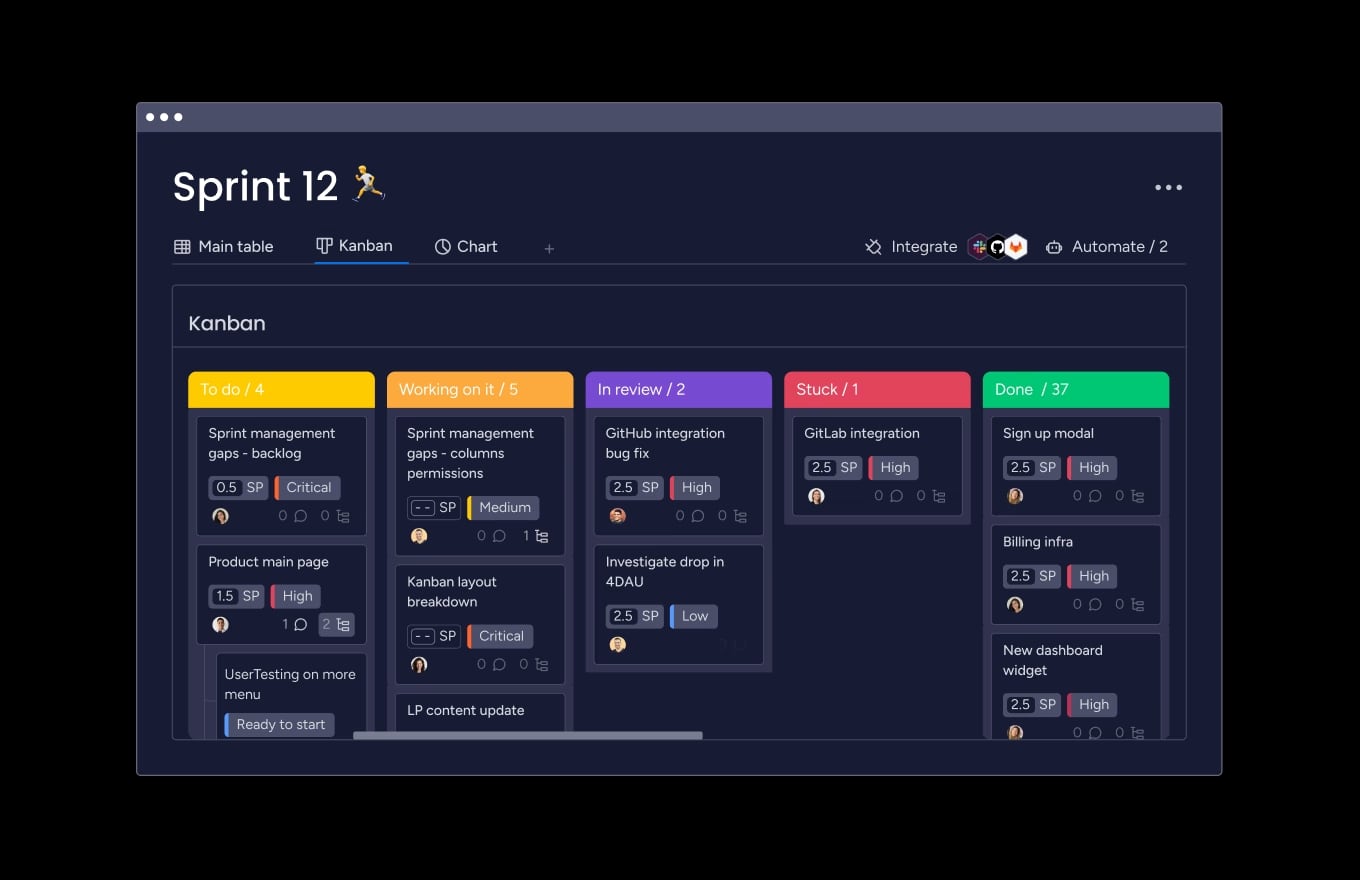
Transform your Agile certification into team success with monday dev
Your certification knowledge needs the right platform to deliver results. With monday dev, you get the flexibility to implement any Agile framework while keeping teams aligned and productive.
The platform adapts to your certified methodology rather than forcing you into rigid workflows. Whether you’re running Scrum sprints or scaling with SAFe, you’ll find that monday dev supports your approach.
Customizable workflows for every Agile framework
Build boards that match your exact process. Scrum teams create sprint boards with story points and burndown charts. Kanban teams set up visual flow with WIP limits.
The flexibility of monday dev means you apply certification knowledge immediately. The platform molds to your methodology, not the other way around.
Real-time visibility without micromanagement
Dashboards show progress while fostering team autonomy and trust. Teams see their own performance metrics while managers track overall health.
This transparency aligns with Agile values. Everyone has information to make good decisions without feeling watched constantly.
Seamless integration across your tech stack
Connect monday dev with GitHub, Slack, and your CI/CD pipeline. Automated updates flow between platforms so nothing falls through cracks.
These integrations extend Agile practices across your entire toolchain. Your certification knowledge applies end-to-end, not just in isolated platforms.
Frequently asked questions
How long is Agile certification valid?
Agile certification validity varies by credential. PMI-ACP requires renewal every three years, CSM every two years, and AgilePM Practitioner every five years. PSM and AgilePM Foundation never expire.
Can I get Agile certified without prior project management experience?
Yes, you can get Agile certified without project management experience. CSM, PSM I, and AgilePM Foundation welcome beginners with no prerequisites. PMI-ACP and advanced certifications require documented experience.
Which Agile certification offers the highest salary potential?
PMI-ACP and SAFe certifications typically offer the highest salary potential. These advanced certifications command premium salaries in enterprise and leadership roles due to their comprehensive scope and strategic focus.
Do I need to renew my Agile certification regularly?
Most Agile certifications need regular renewal. PMI-ACP and CSM require continuing education and fees to maintain active status. PSM and AgilePM Foundation are exceptions with lifetime validity.
Is Agile certification valuable for non-technical roles?
Agile certification adds significant value to non-technical roles. Marketing, HR, and operations teams use Agile principles to improve collaboration and deliver value faster. The iterative approach works wherever teams need flexibility and customer focus.
What happens if I fail my Agile certification exam?
If you fail an Agile certification exam, you can retake it after a waiting period. Most providers offer retakes at reduced fees. Review your weak areas and practice more before attempting again.
